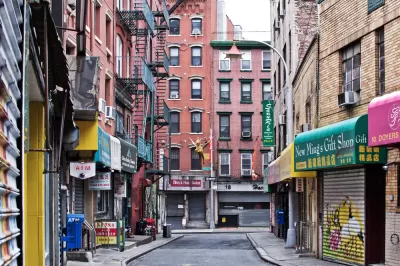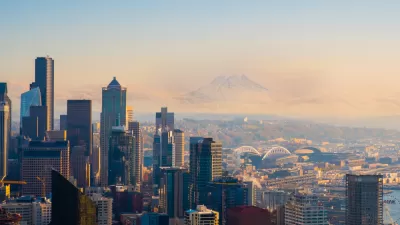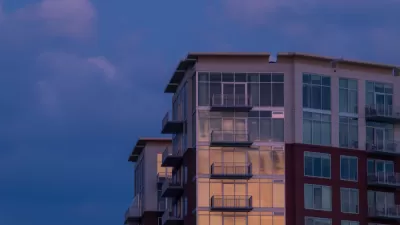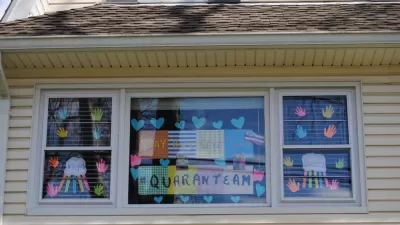Large numbers of commercial renters in New York City are missing rent, according to reports.

"Across New York City, commercial tenants are falling behind in rent at unprecedented rates as the coronavirus outbreak has caused a nearly complete lockdown of the city for two months," reports Mathew Haag.
While Haag doesn't share citywide statistics to illustrate the scope of the problem, several organizations in the city have large sample sizes to report. For instance, the Community House Improvement Program, which represents around 4,000 landlords of rent-stabilized apartment buildings, reported that among its members who also have commercial tenants, "two-thirds of those tenants did not pay rent in April and May." (That figure compares to 25 percent of residential tenants missing rent in the same group.)
Moreover, "Vornado Realty Trust, one of the city’s biggest commercial landlords, said that nearly all its retail clients with the exception of grocery stores and other essential businesses have sought financial relief, such as a deferral on rent payments," reports Haag.
According to Haag, the number of commercial renters falling behind outpaces the residential rental market, which faces its own crisis of deferred payments, and the entire commercial market is at a breaking point. The effects of the worsening crisis for commercial renters could have catastrophic consequences for the city.
If building owners cannot come up with enough money to pay their next property tax bill in five weeks, a deadline the city has refused to postpone, the city will be starved of an enormous revenue stream that helps pay for all aspects of everyday life, from the Fire Department to trash pickup to the public hospitals. It could lead to a bleak landscape of vacant storefronts and streets sapped of their energy.
FULL STORY: New Threat to New York City: Commercial Rent Payments Plummet

Montreal Mall to Become 6,000 Housing Units
Place Versailles will be transformed into a mixed-use complex over the next 25 years.

Planetizen Federal Action Tracker
A weekly monitor of how Trump’s orders and actions are impacting planners and planning in America.

DARTSpace Platform Streamlines Dallas TOD Application Process
The Dallas transit agency hopes a shorter permitting timeline will boost transit-oriented development around rail stations.

Study: 4% of Truckers Lack a Valid Commercial License
Over 56% of inspected trucks had other violations.

Chicago Judge Orders Thousands of Accessible Ped Signals
Only 3% of the city's crossing signals are currently accessible to blind pedestrians.

Philadelphia Swaps Car Lanes for Bikeways in Unanimous Vote
The project will transform one of the handful of streets responsible for 80% of the city’s major crashes.
Urban Design for Planners 1: Software Tools
This six-course series explores essential urban design concepts using open source software and equips planners with the tools they need to participate fully in the urban design process.
Planning for Universal Design
Learn the tools for implementing Universal Design in planning regulations.
City of Mt Shasta
City of Camden Redevelopment Agency
City of Astoria
Transportation Research & Education Center (TREC) at Portland State University
US High Speed Rail Association
City of Camden Redevelopment Agency
Municipality of Princeton (NJ)





























